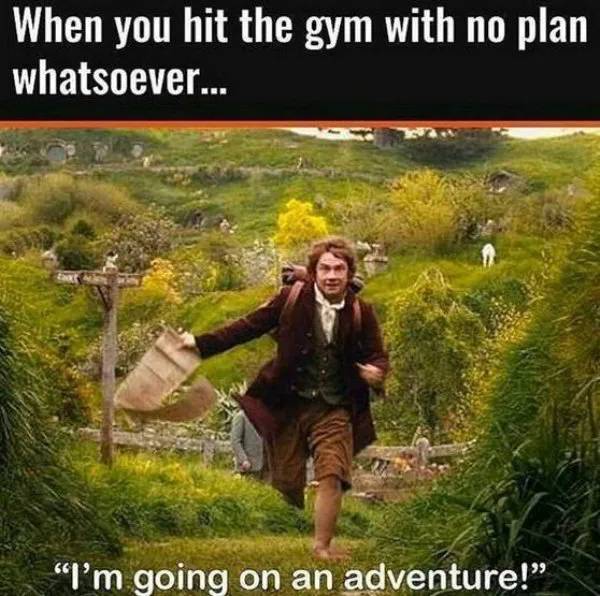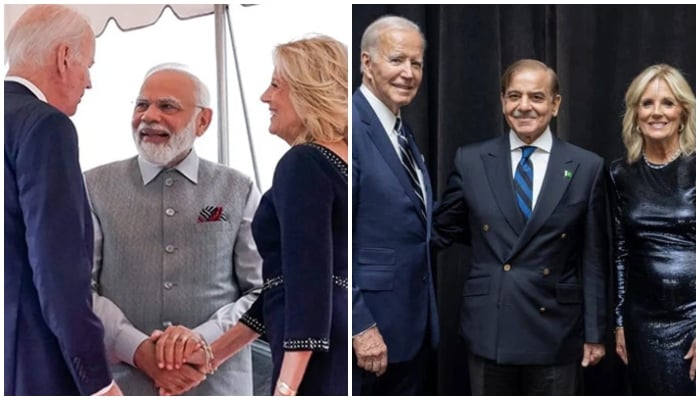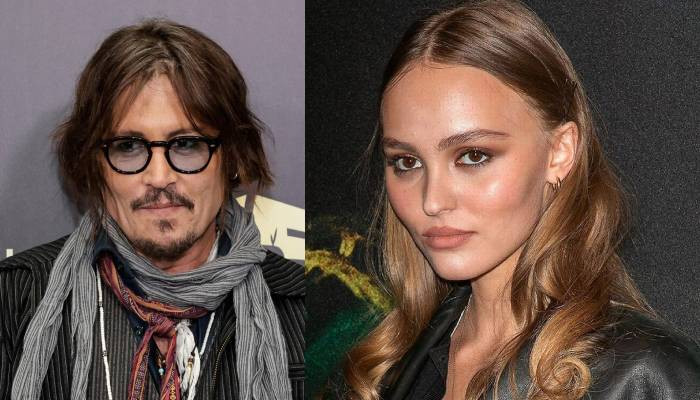Travel
State of the art
字号+ Author:Smart News Source:Sports 2025-01-15 08:02:36 I want to comment(0)
I MADE new friends with smart high school students at NED University which was one of the sites hosting the Karachi Biennale this year. We were in a room together trying to understand an installation when one of girls shared her analysis, which made the most sense. We’d just missed the curator who was with a group of foreign visitors — some curators and some artists, as I learned later when we exchanged pleasantries under the near 150-year-old gorgeous tree on campus. They were guarded about their opinions but one said you can’t view a piece of art in isolation; its placement and how it connected to the theme was important. Back to the students, who I chatted with at the canteen, who were on a school trip. It was the first time they’d heard of the biennale, but they planned to return with their families, and would attend here on because ‘it’s so cool’. They got to interact with other ‘cool people’ and enjoyed ‘site hopping’ and deciphering the art. We exchanged notes on what we’d seen so far, what we got, what we didn’t. Artists’ statements were often vague and some of the young volunteers — who were lovely — weren’t always equipped. We also wondered why most of the venues were in District South given how big this city is. Public art is meant to be more accessible, because it steps outside the confines of a gallery, making art more inclusive. Putting art in a public place doesn’t make it public but it can be a powerful tool to reclaim space which is occupied by the far right here. Art’s first forms were, after all, public when you think about the early drawings of our ancestors across continents, the Mayans and the residents of Mohenjodaro sketching on public spaces. The Mexican artist Diego Rivera is often credited with ‘democratising’ art by bringing it into the public sphere. An article in the described his murals as “span[ning] questions of national identity, class inequality and the role of public art in an increasingly commercialised art world”. The murals, painted in al fresco style, reflected themes of “when [Mexico] was still emerging from revolution and was in the process of actively forging a new cultural identity”. Diego, and his partner Frida Kahlo, believed art was not for the privileged few but an essential part of public life. I saw this myself in Mexico City in 2022 where the city was full of public art, sculptures, installations. You can access many museums for free as a local, too. Putting art in a public place can be a tool to reclaim space. Our history is replete with examples of artists who believed art was a catalyst for change and that its sociopolitical messaging should resonate with ordinary citizens. Art is activism too. Graffiti reflects this effectively. Our walls have long served as canvases; chalking used to make calls to action or calls to release leaders. The anonymous artist Banksy’s street art evokes conversations all over the world. This biennale’s theme was ‘ ’ about food, futures and fair practices. I was often able to make that connection myself — like the award-winning short film and installation by Nadeem Al Karimi and Maham Nadeem which captured how trash in the form of food wrappers is destroying the ecosystem in Hunza. I couldn’t help but find the irony in watching this film a few feet away from trash overflowing bins at Bagh Ibn-i-Qasim. At Frere Hall, my friend was about to rest on what he mistook for a stool but was meant to be a beehive in an installation of dying marigolds. We all had such a good chuckle at a potential disaster before talking about the purpose of this artwork. All the installations got us , friends and strangers, and provided a relief from the ‘Trump will get Imran Khan out of jail’ chamber. This is the power of public art and spaces where people can gather and share thoughts. Public spaces allow people to own their cities and art can play a role in shaping a city’s cultural identity, make us feel connected about our shared heritage and, in the case of this biennale, our shared environment which is threatened. Maybe we — the public — have answers to problems because our governments don’t. Our governments aren’t welfare-driven as much as they are profit-driven. Maybe they need to see art and culture as an economic opportunity then. An article in Culture 360 last year estimated that “investment in the arts has the potential to generate up to $2 [billion] in profit per year”. This can generate the significant economic growth Pakistan is chasing, but more importantly, it can foster a sense of belonging and pride that attempts by religious and military narratives have failed to do.
1.This site adheres to industry standards, and any reposted articles will clearly indicate the author and source;
 Related Articles
Related Articles-
Restriction on offering Nawafil in Riyazul Jannah lifted
2025-01-15 07:37
-
پاکستان نے دو سالہ اقوام متحدہ سلامتی کونسل کی مدت کا آغاز کیا، کشمیر اور افغانستان کی امن کے لیے اپنی وابستگی کا اعادہ کیا۔
2025-01-15 06:54
-
اہم پی ٹی آئی رہنماؤں کا کہنا ہے کہ پاکستان کے لیے حکومت مخالف مذاکرات کی ضرورت ہے۔
2025-01-15 06:26
-
حکومت نے پی ٹی آئی سے مذاکرات کی آخری تاریخ 28 فروری تک بڑھانے کا مطالبہ کیا ہے۔
2025-01-15 06:08
 User Reviews
User Reviews Recommended Reads
Recommended Reads Hot Information
Hot Information- Pakistan, India exchange lists of nuclear installations and facilities
- جرمن سیاح نے فیصل آباد سے محبت کا اظہار کیا
- اہم پی ٹی آئی رہنماؤں کا کہنا ہے کہ پاکستان کے لیے حکومت مخالف مذاکرات کی ضرورت ہے۔
- اہم پی ٹی آئی رہنماؤں کا کہنا ہے کہ پاکستان کے لیے حکومت مخالف مذاکرات کی ضرورت ہے۔
- Muttahida Qaumi Movement MNA Mohan Manjiani resigns
- پاکستان نے دو سالہ اقوام متحدہ سلامتی کونسل کی مدت کا آغاز کیا، کشمیر اور افغانستان کی امن کے لیے اپنی وابستگی کا اعادہ کیا۔
- اہم پی ٹی آئی رہنماؤں کا کہنا ہے کہ پاکستان کے لیے حکومت مخالف مذاکرات کی ضرورت ہے۔
- حکومت سے مذاکرات کا کوئی فائدہ نہیں، جسے مینڈیٹ حاصل نہ ہو، اچکزئی نے پی ٹی آئی کو بتایا۔
- Today Gold Rates in Pakistan – Check Latest Gold Prices 18 December 2024
 Abont US
Abont US
Follow our WhatasApp account to stay updated with the latest exciting content













